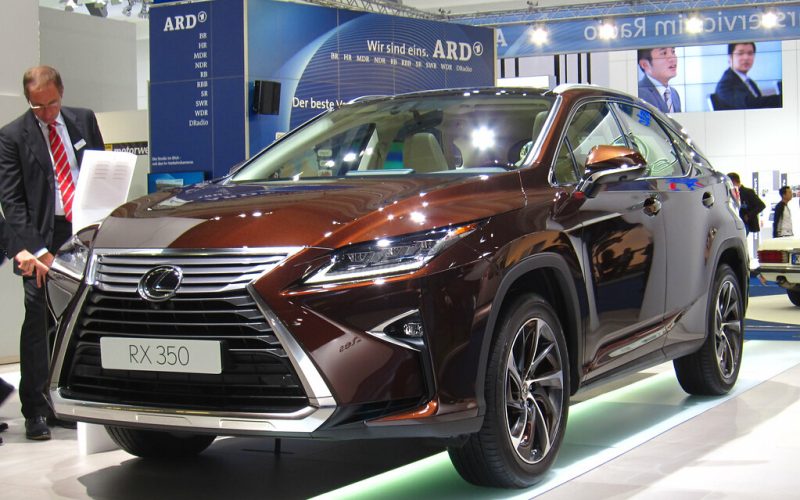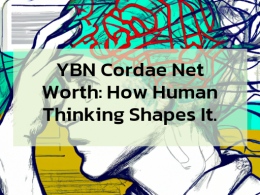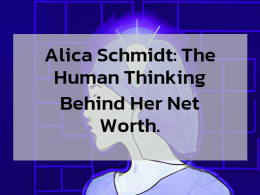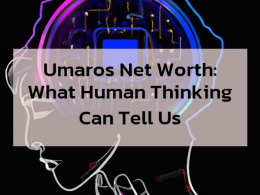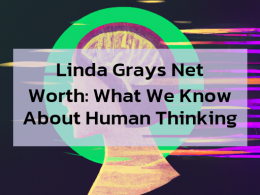Web3 and blockchain technologies are two groundbreaking innovations that are changing the way we interact with the internet and with each other. While they are closely related, they have different focuses and applications, with Web3 being more focused on creating a decentralized internet and blockchain being more focused on creating secure and transparent transactions. In this article, we will pass through a deep dive into Web3 vs blockchain technologies, discussing their definitions, differences, and applications.
Table of Contents
- Definition of Web3 and Blockchain Technologies
- Differences between Web3 and Blockchain Technologies
- Applications of Web3 and Blockchain Technologies
- Future Prospects of Web3 and Blockchain Technologies
- Challenges and Limitations of Web3 and Blockchain Technologies
- Video: Web 3.0 and the myth of a blockchain revolution
- Conclusion
Definition of Web3 and Blockchain Technologies
Web3, also known as the decentralized web, refers to a vision of the internet that is more decentralized, private, and secure. It is the next generation of the internet, where users have control over their data and digital identities. Through the use of distributed ledgers, peer-to-peer networks, and blockchain, Web3 aspires to make the internet more democratic and open.
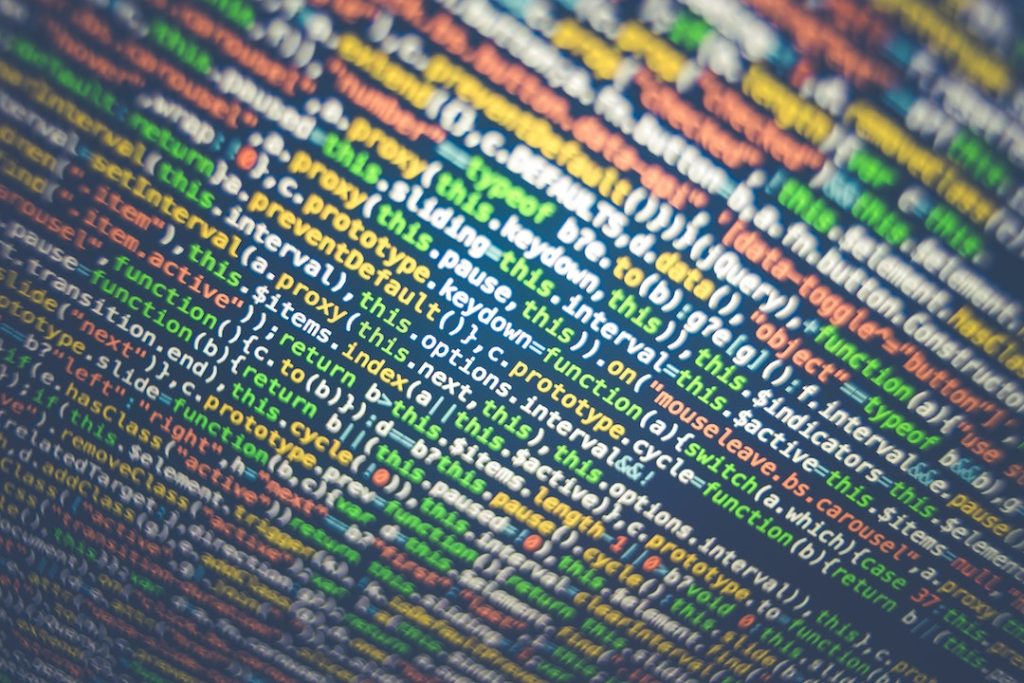
On the other hand, blockchain is a distributed ledger system that gets rid of the need for middlemen while still making sure that transactions are safe and clear. It is essentially a database that is maintained by a network of computers, where each block of data is cryptographically linked to the previous block, forming a chain of blocks (hence the name blockchain). Although blockchain technology is most often thought of in relation to cryptocurrencies, it has many other uses, including supply chain management, digital identification verification, and voting.
Differences between Web3 and Blockchain Technologies
While both Web3 and blockchain technologies share the goal of creating a more decentralized and transparent world, they differ in their focus and applications. Key distinctions between Web3 and blockchain platforms are as follows:
- Focus: Web3 is more focused on creating a decentralized internet, while blockchain is more focused on creating secure and transparent transactions.
- Technology: Web3 uses a variety of technologies, such as decentralized storage and peer-to-peer networking, while blockchain is based on distributed ledger technology.
- Applications: Web3 has a wide range of applications, from social media and e-commerce to gaming and healthcare, while blockchain is most commonly associated with cryptocurrencies but has many other applications, such as supply chain management, digital identity verification, and voting.
Applications of Web3 and Blockchain Technologies
Web3 and blockchain technologies have a wide range of applications across various industries. Here are some examples of how these technologies are being used:
- Supply Chain Management: A more trustworthy and streamlined supply chain is possible with the help of blockchain technology, which can also be used to improve product monitoring and lessen the likelihood of fraud and human error.
- Digital Identity Verification: Web3 technologies can be used to create decentralized digital identity verification systems that allow for more secure and private storage and sharing of personal information.
- E-commerce: Web3 technologies can be used to create decentralized e-commerce platforms that allow for more secure and transparent transactions.
- Cryptocurrencies: Blockchain technology is most commonly associated with cryptocurrencies, such as Bitcoin and Ethereum, but there are many other cryptocurrencies and blockchain-based applications that are being developed.
- Finance: Web3 technologies are being used to create decentralized finance (DeFi) applications that allow for peer-to-peer lending, trading, and investing without the need for intermediaries.
- Social Media: To improve privacy and security, Web3 technologies can be used to build decentralized social media networks that put users in charge of their own information.
- Gaming: Decentralized gaming platforms built on the blockchain can offer players greater privacy and security when buying and selling virtual goods.
- Healthcare: Web3 technologies can be used to create decentralized healthcare systems that allow for secure and private storage and sharing of patient data.
- Voting: Improve voter confidence in electoral processes by implementing blockchain-based voting systems that are both auditable and incorruptible.
Future Prospects of Web3 and Blockchain Technologies
The future prospects of Web3 and blockchain technologies are promising, as they have the potential to transform various industries and create a more decentralized and transparent world. Here are some of the potential future prospects of these technologies:
- Decentralized Internet: Web3 has the potential to create a more decentralized and equitable internet, where users have control over their data and digital identities. This could lead to a more diverse and inclusive online community.
- Digital Sovereignty: With Web3 technologies, users can have more control over their online identity and data, which could lead to greater digital sovereignty and privacy.
- Peer-to-Peer Transactions: Blockchain technology has the potential to eliminate intermediaries and enable more secure and transparent peer-to-peer transactions. This could lead to greater financial inclusion and accessibility.
- Smart Contracts: The use of smart contracts, which are computer-enforced agreements, has the potential to radically alter the ways in which we do business and engage with one another.
- Decentralized Applications: Decentralized applications (dApps) could transform various industries, such as gaming, social media, and healthcare, by allowing for more secure and transparent transactions and ownership of digital assets.
- Energy Efficiency: Blockchain technology has the potential to create more energy-efficient systems by eliminating the need for intermediaries and reducing the amount of energy needed for transaction processing.
- Interoperability: As Web3 and blockchain technologies continue to evolve, there is a need for greater interoperability between different blockchain networks and Web3 applications. This could lead to greater innovation and collaboration.
Challenges and Limitations of Web3 and Blockchain Technologies
While Web3 and blockchain technologies have the potential to transform various industries, they also face several challenges and limitations. Here are some of the key challenges and limitations:
- Scalability: Both Web3 and blockchain technologies face scalability issues, as they can only handle a limited number of transactions per second. This can limit their potential applications in industries that require high transaction volumes.
- Adoption: Both Web3 and blockchain technologies face challenges in adoption, as they require a significant shift in mindset and infrastructure. This can limit their potential impact and reach.
- Regulatory Issues: Blockchain technology and cryptocurrencies face regulatory challenges, as many governments and financial institutions are still grappling with how to regulate and integrate these technologies into their systems.
- Security: Despite the fact that blockchain is supposed to be impenetrable, it has been hacked, and there are security holes in blockchain networks. This highlights the need for continued innovation and improvement in security measures.
- Energy Consumption: Due to the high computational requirements of processing blockchain-based transactions, this technology can have a substantial impact on environmental sustainability. This can be a concern in terms of sustainability and environmental impact.
Video: Web 3.0 and the myth of a blockchain revolution
Conclusion
Web3 and blockchain technologies are two groundbreaking innovations that have the potential to transform various industries and create a more decentralized and transparent world. While they differ in their focus and applications, they share the goal of creating a more equitable and inclusive society. As these technologies continue to evolve, it will be important to address the challenges and limitations they face and continue to innovate and improve their capabilities.







